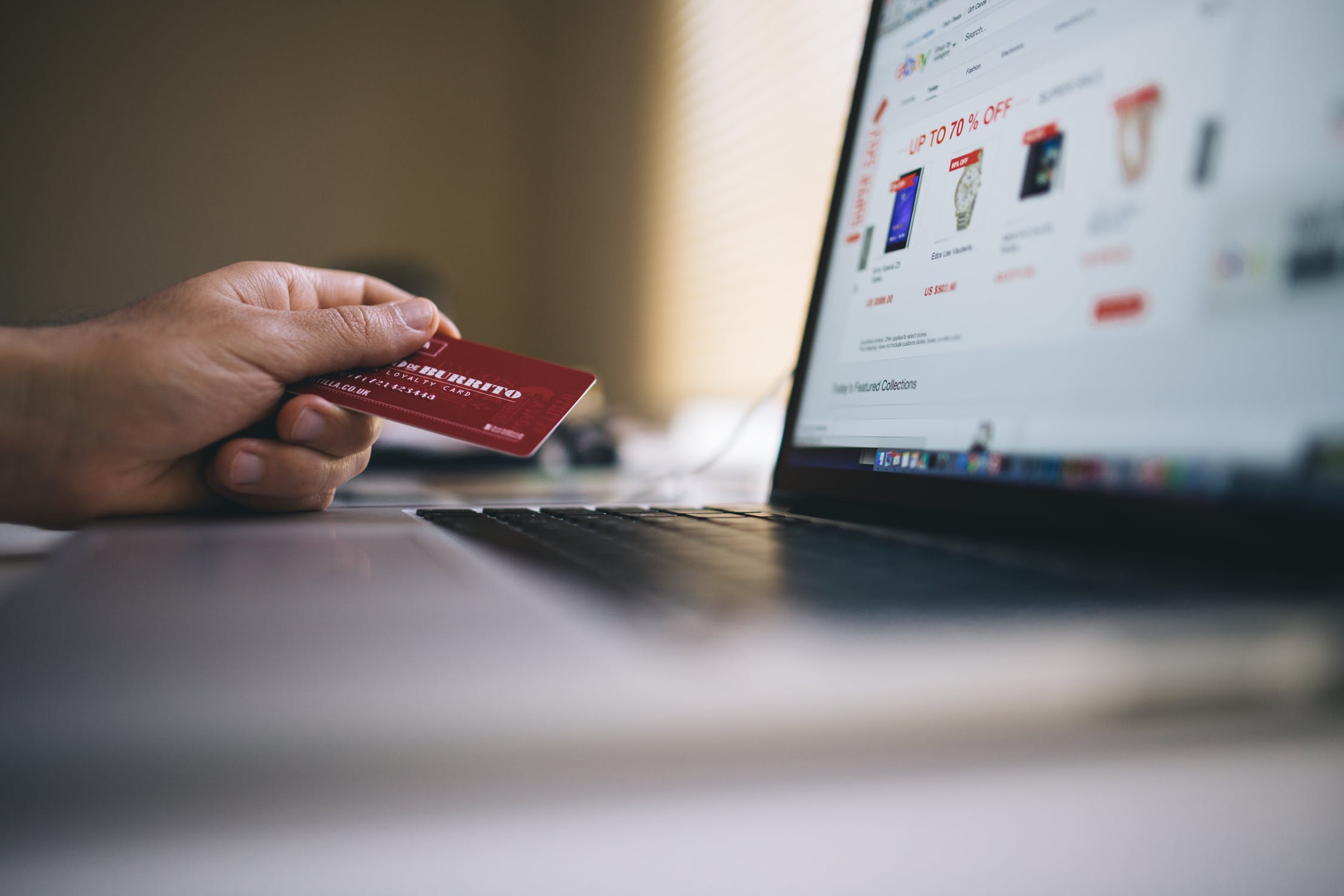
Out of the many questions, one should ask when surfing the internet: is it safe to visit this site?
An unsafe website can do a lot of damage to you by spreading malware into your PC and mobile phone, sending spam messages to your mail and stealing your personal information. So in order not to accidentally acquire malware or mistakenly enter your credit card number at a fake e-commerce store, there is a need for you to be very careful and check the site you visit.
In this how-to guide, we have provided quick tips to aid you in avoiding untrustworthy sites. If you are able to answer yes to all the questions asked below, then the site should be safe to visit.
1. Does the site use HTTPS instead of HTTP?
One way to be safe on the internet is to ensure that you visit only sites that use HTTPS and not the ones who don’t. There is a difference between HTTP and HTTPS. HTTP means Hypertext Transfer Protocol and it is the underlying protocol for sending data between the sites you visit and your web browser while HTTPS is the secured version of HTTP. The ‘S’ represents secure.
HTTPS is used for all legit online shopping and e-banking sites to encrypt communication so that your personal information like bank details, passwords, and credit card number will be safe. To know the site using HTTPS, check for a padlock symbol in your browser’s navigation bar, if the padlock is seen, then your connection is secured.
Some phishing site makes use of HTTPS to look legitimate, but the main give away is that these phishing sites do not have a padlock symbol.
2. Is the site using 128-bit or 256-bit SSL?
128-bit SSL is a file/data encryption technique that uses a 128-bit key to decrypt and encrypt files or data. It is considered to be sufficient for security because it will take 2128 combinations to break the keys and thousands of years to be cracked.
The 256-bit SSL is a longer key with a higher edge of security in decryption and encryption, having 2256 combinations and will take 1,000,000 years to be cracked.
Ensure the site has 128-bit or 256-bit SSL is extra important when visiting websites where you will enter your details or credit card details. A perfect example of this is an online casino site. Almost all legit casino sites use encrypted technologies to prevent hackers from breaking into the system and access your personal information. If the casino site or any other similar site does not use 128-bit or 256-bit SSL, then you should avoid it.
3. Does the site have trustworthy contact information?
A recent survey of online users found that about 44% of total website visitors will leave a site that lacks proper contact information. In the real sense, a safe website should display trustworthy contact information like a phone number, an email address, return policy if applicable, a physical address if they have one and social media accounts.
All these do not necessarily provide protection, but they specify that the site customer service can easily be reached in case of any issue.
4. Does the site have a proper privacy policy page?
Any trustworthy site should have a proper privacy policy page displaying how your data is collected, used and protected by the site. Some countries do not joke with data privacy, countries like Canada, Australia and those in the EU have passed data privacy laws. A site’s privacy policy page stipulates that the site owners are law abiding and always ensures that their site is safe. The privacy policy page is usually found at the bottom of the homepage.
5. Does the site have a trust seal?
Trust seals or trust badges are used by online shopping sites to display their trustworthiness. So many legitimate sites use these, however some dodgy sites just copy and paste these icons without having any real security. Some articles even advice online shopping sites to design their own trust seals to drive up sale.
A legitimate trust seal can be verified by clicking on it. Once you click on the trust badge or seal you will be taken to another page verifying the seal. You should also be duly diligent when shopping online.
6. Is the site safe according to your web security tool?
Many web browsers now include security features to ensure that your web surfing is safer. These security features block annoying pop-ups, disable unsafe Flash content, send do not track requests to sites, controls the site that has access to your webcam, stop malicious downloads, etc. If you use the browsers below, you can review your settings now.
• Chrome: Settings > Advanced > Privacy and Security
• Safari: Preferences > Privacy
• Firefox: Options > Privacy & Setting
• Edge: Settings > Advanced Settings
If these web security tools do not give you any warnings while browsing, it means that the site is most likely free from malware.
7. Does the URL look legit?
The simplest way to ensure your safety on the internet is to make sure that the URL is legit. You can ensure this by placing your mouse on the link above without clicking it and you will see the address the link is referring you to. Also, make sure that the URLs are properly spelled because hackers usually replace visually similar characters to deceive you into visiting fraudulent sites.
8. Is the site free from invasive pop-up ads?
Sometimes, it is quite easy to identify a phishing site without even doing any verification test because of the way it is set up. Some sites have numerous exclamation marks or flash warnings that you could definitely tell that it is spammy and scammy. Some site uses a lot of annoying pop-ups, redirecting you to different annoying sites.
You should avoid sites with these invasive and annoying pop-up ads especially when visiting free streaming sites. If you ever visited a streaming or torrenting site before you are probably well aware of all the spammy pop-up that usually shows up. By ensuring the streaming sites is free from pop-ups you can be surer that the site is free from malware.







